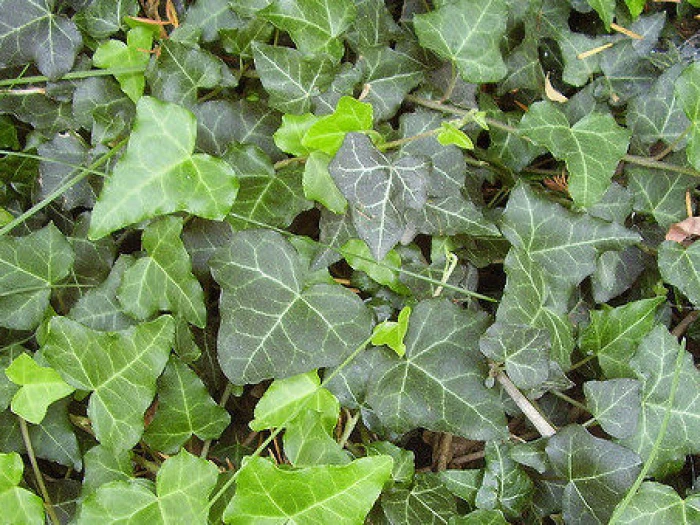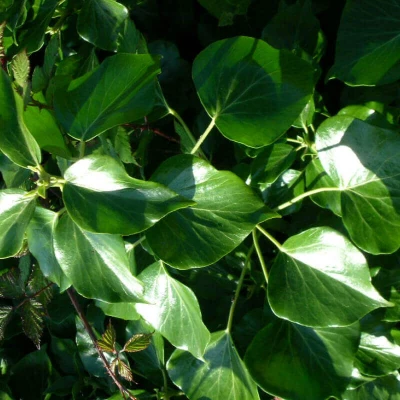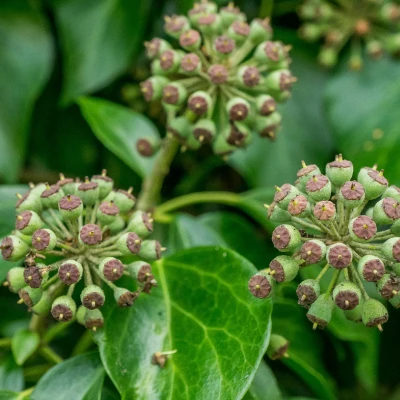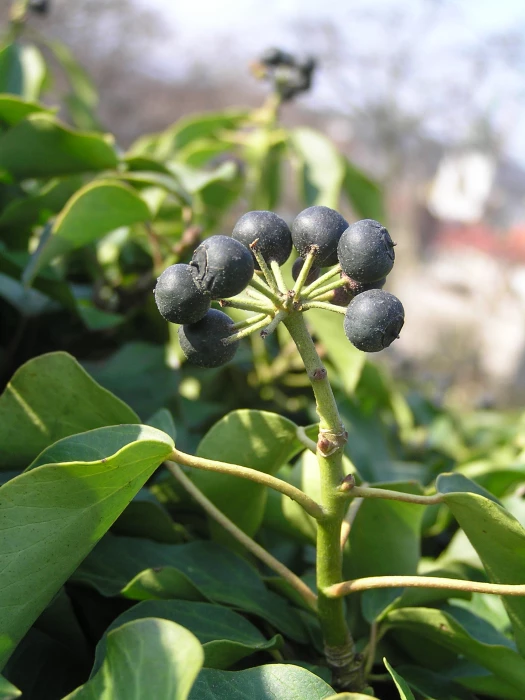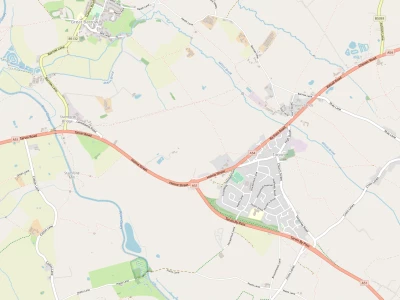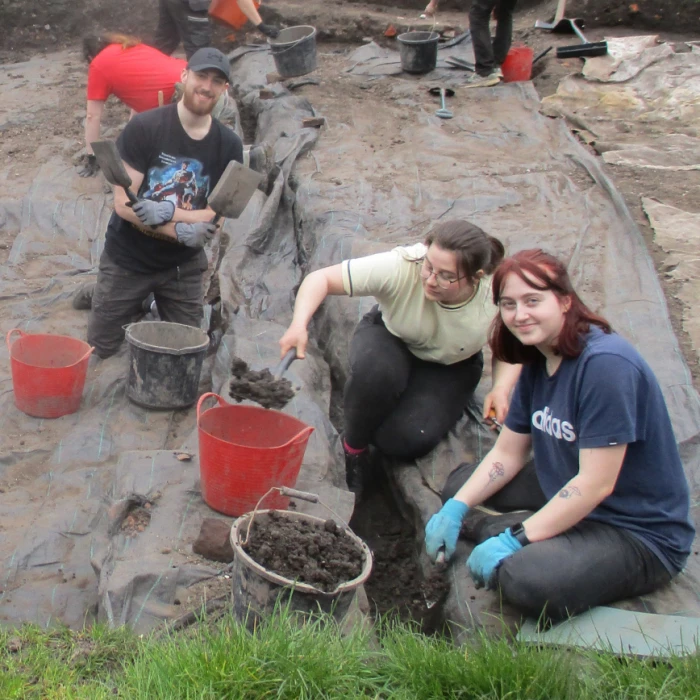

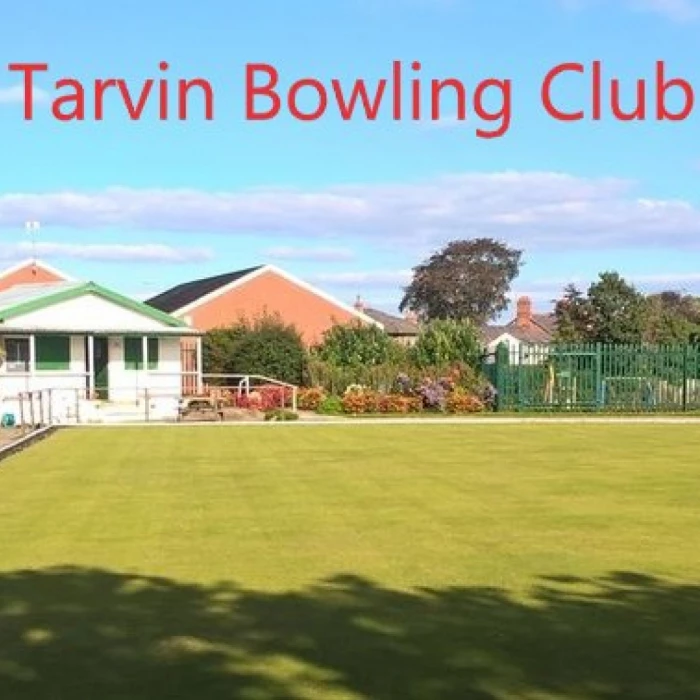
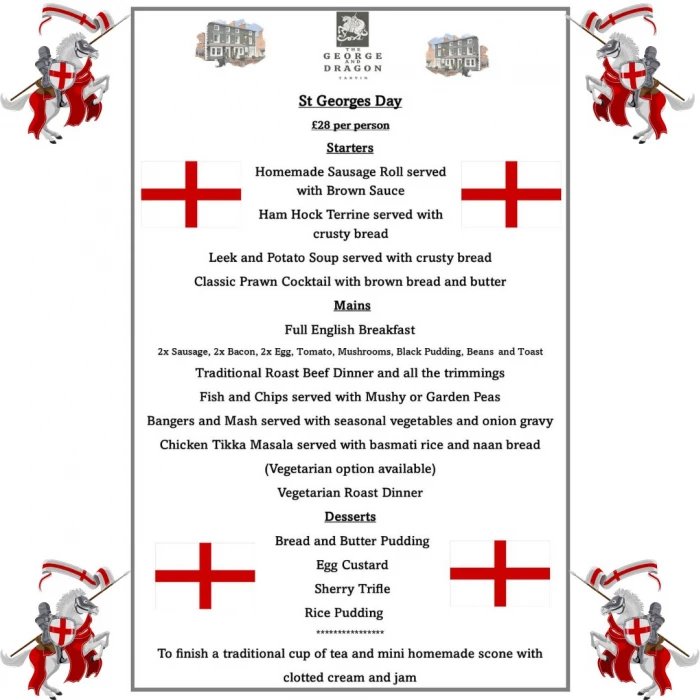
![TWT Plant Sale 2023 ba890fe3-5f67-4cbf-896e-5fdc0bdca5ee[374045]](https://l1.tm-web-01.co.uk/lib/bn8-Q752422.webp)

Ivy (Hedera helix)
The common ivy, English ivy or European ivy.
So much of the woodland has ivy growing in it that it is easy to miss, simply because it is everywhere – it seems ubiquitous. Unlike the North American ivy (which is not an ivy at all), our ivy is not poisonous but, none-the-less, it gets a bad press – which is largely undeserved. It has long been accused of strangling trees but, being a scrambling plant, it is actually using a tree (or the wall up which it grows) for support, enabling it to get to better levels of sunlight. It is not a parasitic plant and has a separate root system in the soil through which it can absorb its own nutrients and water. Ivy does not damage trees and its presence doesn't indicate that a tree is unhealthy. A small tree might have a problem competing with the vigorously growing ivy and it is for this reason that ivy is occasionally removed from the ground – or from a tree trunk – in our woodland.
Ivy is native to and grows well throughout the UK. It can be found in many habitats, including woodland, scrub and waste land, as well as on isolated trees. Being tolerant of shade and coping with all but the most dry, waterlogged or acidic soils, it is a real survivor. Despite being evergreen, it can deal with temperatures down to well below minus 20 degrees Celsius – a level of chill that would kill many other plants.
Everyone seems to be able to recognise ivy leaves, which are dark green and glossy with pale veins. However, not everyone realises that there are actually TWO shapes of ivy leaf. The one everyone knows is the young (the juvenile) leaves. These have three to five lobes, arranged in a pattern not dissimilar to that of a maple (sycamore) leaf. However, when the ivy gets older and more mature, the leaves will be oval or heart-shaped, without any lobes at all. Ivy climbs by means of tiny roots that can grow out from the stem (adventitious roots) and these can work their way into spaces or chinks in bark or brickwork to gain purchase in a way very similar to that used by a human rock climber. However, while the human wishes to move on, the ivy wants to stay put and so the root hairs produce an adhesive which binds them to the surface. This is why, while strands of ivy stem can be torn down, small "pads" remain on the surface around the area where the tiny roots were attached.
Only mature plants produce flowers. They are yellowish green and appear in small, dome-shaped clusters (known as umbels) between September and November. The ensuing black, berry-like fruits form in almost globular clusters and arrive just at the time when birds are short of food and so they are great for bird-life (as well as cleverly ensuring the dispersal of their seeds!)
The nectar, pollen and berries of ivy are an essential food source for so many insects and birds during autumn and winter, when little else is about, that it is hard to over-state its importance to wildlife. It can provide shelter for insects, birds, bats and other small mammals, the high fat content of the berries is a nutritious food resource for birds and the berries are eaten by a range of species including thrushes, blackcaps, woodpigeons and blackbirds. Ivy is also particularly important to many insects before they go into hibernation. Some of the main insect species which forage on the nectar and pollen of ivy are bees, hoverflies and common wasps. It is also an important food plant for some butterfly and moth larvae.
The ivy plant (which hardly anyone sees – and when they do, they think it is doing damage) clearly has a reputation which is undeserved. Even the ivy has a place in nature – and in our woodland. When next out for a walk, have a look out for this much under-valued plant!
Quick Links
Get In Touch
TarvinOnline is powered by our active community.
Please send us your news and views.

